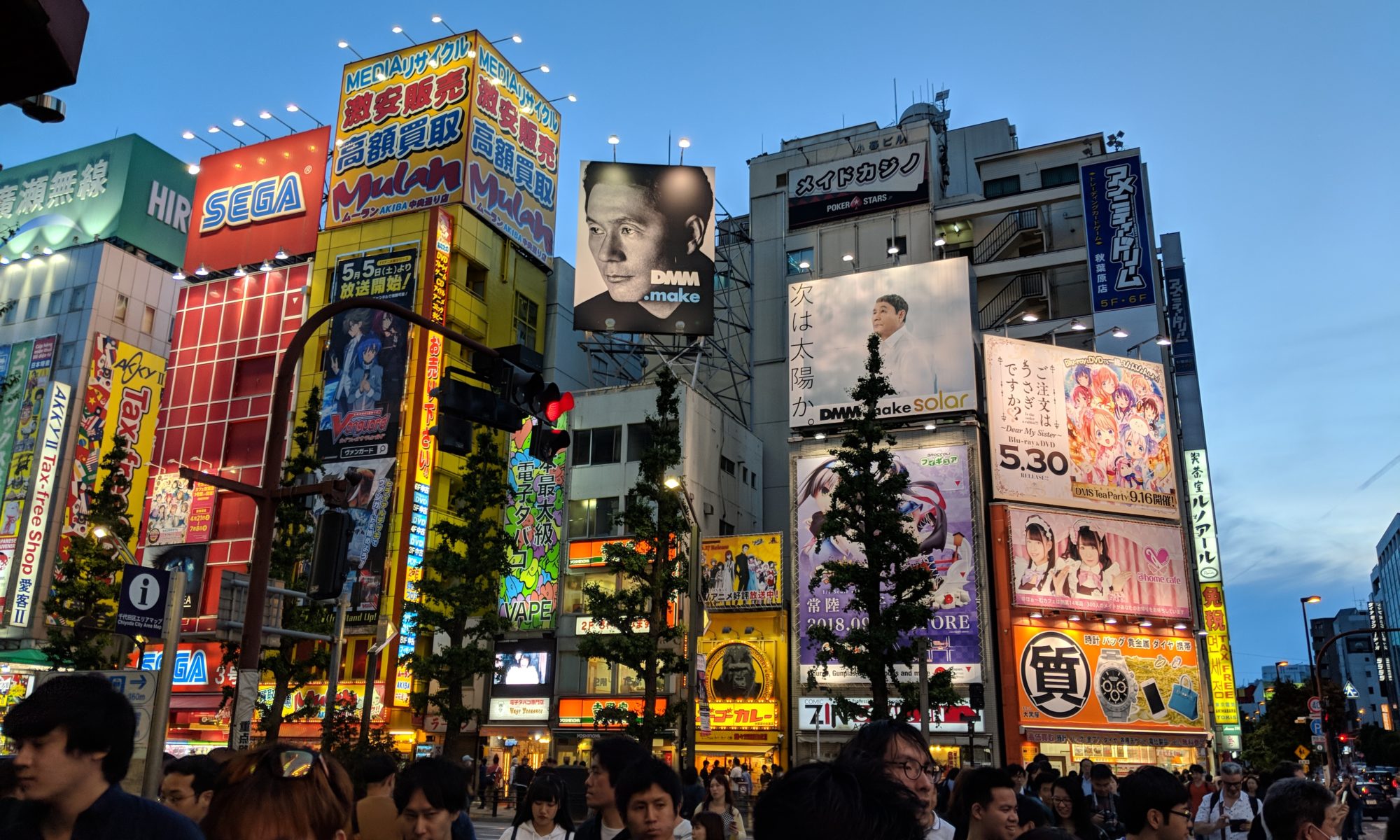Introduction
This is an e-mail I wrote over a course of correspondence with Dan Hodgson, lecturer on the Professional Game Design module at Northumbria University. We’d had a seminar where we focussed on horror games and he’d asked for feedback. It surprised me that during the lesson I was the only person to bring up Bloodborne and its horror elements. Especially in a room full of game design students, where every one of them views the Dark Souls trilogy as sacred.
With a friend recently converted to the cult after picking up and finishing the game last month when it was offered as part of the PlayStation Plus subscription, I thought it may be time to bring up my argument for the genius of Bloodborne’s horror.
The e-mail in its entirety follows…
Hi Dan;
Sorry for being late this week but thanks again for the lecture. I had great fun breaking down the horror elements of one of my, if not the top games. While I was fine doing a design exercise again in class I would have liked, much like everyone I would imagine, to have made an argument for the merits of the game title I played for the homework/research – Bloodborne (PS4, 2015).
It’s a phenomenal game that really takes the Soul’s series of games to new heights in regards to the design, ‘gameplay feel’, setting and themes. I was gutted to hear that no-one had really played this game, especially since it seems every game design student would unanimously attest to the brilliance of the genre-defining landmark title, Dark Souls. So, in addition to literally no feedback on the lesson (just kidding, see the post-script), I have chosen to write up my research notes into a short (warning, turned into almost 900 words) review of the elements that make Bloodborne such an A-tier recommendation when it comes to horror.
The Horror of Bloodborne
– Narrative & Plot
– Aesthetics
– Gameplay
“Prepare yourself for the worst. There are no humans left. They’re all flesh-hungry beasts, now.” – Eileen the Crow, assassin and fellow foreigner to the region
Plot:
The main characters of the overall story don’t understand the power of the ancient blood they found in the catacombs beneath the city of Yarnham, the setting. However, they use it anyway and it eventually causes – after a period of it seeming to manifest a miraculous healing – an eventual blood sickness in its recipients and the rise of beasts, with the most common form being lycanthropy. By this point, blood transfusions using the blood were so common and the establishments centred around controlling its use have become so powerful, that the city was lied to by those in power as to the cause of this sudden ‘Scourge of Beasts’.
“These things you hunt, they’re not beasts, but people” – Old Hunter Djura
Narrative:
At the start of the game we receive a blood transfusion and after some debatable hallucinations, we meet a man that tells us that our job is a Hunter of Beasts and that we must slay them to cleanse the city of the scourge. Though we may actually be playing the role of an antagonist, as the ‘beasts’ that attack you see you as – now a Hunter – as affiliated with the group that is seen by some of the citizens as betrayers of the people. The optional revelation of this betrayal through various dialogue and exploration choices can trigger a hard-hitting feeling of disgust with your own actions as a player. We self-righteously murdered the former towns-folk so we could consume their blood and use it ourselves to become stronger.
“Aren’t you a sick puppy? You drink the blood of half the town, and now this? And you talk of beasts! You hunters are the real killers” – Suspicious Beggar (the betrayer who kills the NPC’s you’ve saved)
Aesthetics:
Frighteningly menacing and variably morphed human-forms of werewolves and other horrors in the vein of Bram Stoker – H.P. Lovecraft cosmic horrors; grim and macabre enemy designs that push the borderline into body-horror. The architecture captures finely the eerie dusk views from Charles Bridge in Prague and grand buildings echo the Gothic wonder of the Barcelona Cathedral.
Levels are designed vertically, on top of each other to show the city rose to power and grew too fast for its own good. Its layout makes no logical sense; frustrating dead ends, traps and pitfalls. They’re filled with strange objects/props and monsters that suggest an otherworldly and misunderstood plague-like menace; alien statues; thousands of haphazardly stacked and chained coffins litter the streets; grotesquely misshapen denizens; infested half-beast citizens of varying levels of sanity see the outsider (our charter) as a horrific threat to attack on sight; Lovecraft inspired bosses (‘Great Ones’), in name and appearance (‘Amygdala’; ‘Celestial Emissary’; ‘Ebrietas, Daughter of the Cosmos’; ‘Rom, the Vacuous Spider’).
“Back foul beast!”, “This city’s finished…”, “Cursed beast!” – various lines of the maddened inhabitants.
Sound design is unsettling with whispering, howling, crying (baby), moaning, heavy breathing, madness induced murmurs; mainly Foley sounds, no music in most areas. Where there is music it is subtly layered and used dynamically to keep your heart thumping during the most intense fight sequences. The original soundtrack is filled with slow, creeping strings that ramp and peak into a shocking crescendo. A definite recommendation!
Combat:
Enemies jump out, large beasts and creatures that move fast, keep up the pace, and oppress you. The rally mechanic – where you can regain a portion of your health if you counter-attack within a second or two – and lack of any shields encourages you to match and surpass the enemies pace to gain victory. This is how Bloodborne takes what it’s big brother Dark Souls seemed to have perfected and strips it down to the fundamentals before turning it to 11 in regards to action (i.e.: combat speed).
The player feels ever more powerful but still vulnerable the entire time; you still have to make split-second decisions while remaining thoughtful of your situation (health, stamina, positioning, etc.) the whole time; it brings out fear and panic through intensity and uncertainty
Losing a life means having to reclaim your resources (blood echoes) from, usually, the last enemy who just killed you! Forcing the player to fight an established threat ramps up the tension an order of magnitude, especially when you have to square off toe-to-toe with a cosmic abomination twice your size.
It harks back to earlier horror games I enjoyed and feared in equal measure. Alone in the Dark, Eternal Darkness, Resident Evil and Silent Hill – spring to mind. Games where you must use bravery and a dash of cunning to face down your fear and overcome adversity…not just run and hide in a cupboard until the horror passes.
Hopefully… “Tonight, Dan joins the Hunt.”
(720 DanPoints for you if you get the reference)
Regards,
Dan
P.S. Wish we had time to discuss more the different types of horror at the front of the lesson, which I think may have helped some people articulate their answers with a bit more common reference.
P.P.S.
Music fans MUST check out this chilling live version of the main theme:
Bloodborne – Suite (Swedish Radio Symphony Orchestra, 2016)
Architecture fans check out this article:
Understanding the Sublime Architecture of Bloodborne (Barzan, 2015)
post-post-post-scriptum?!
Additionally, Bloodborne fans should check out this recent article, which brought me back to the hunt…
Bloodborne and the Beast Within (McGeady, 2018)

